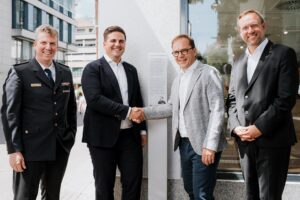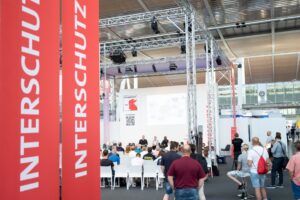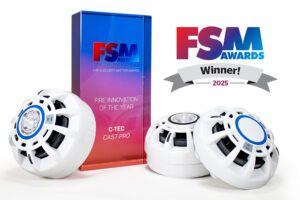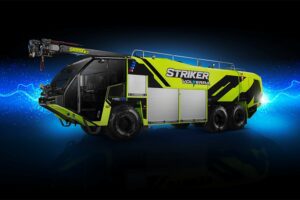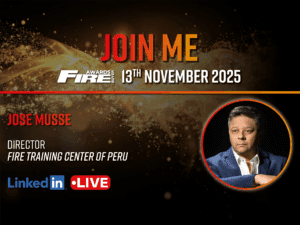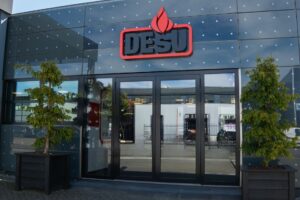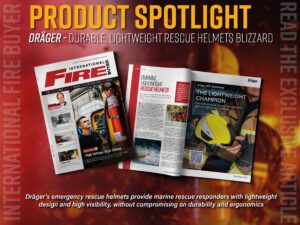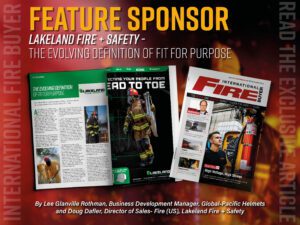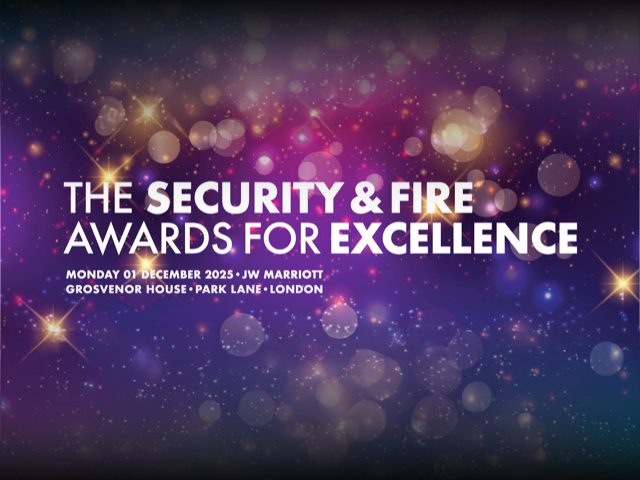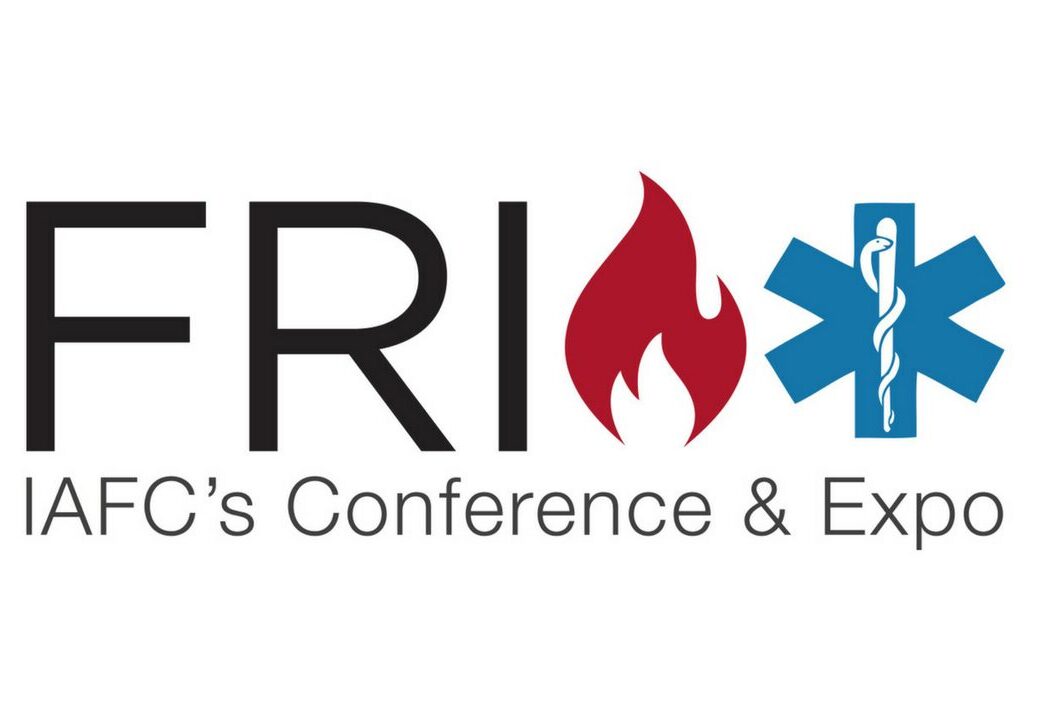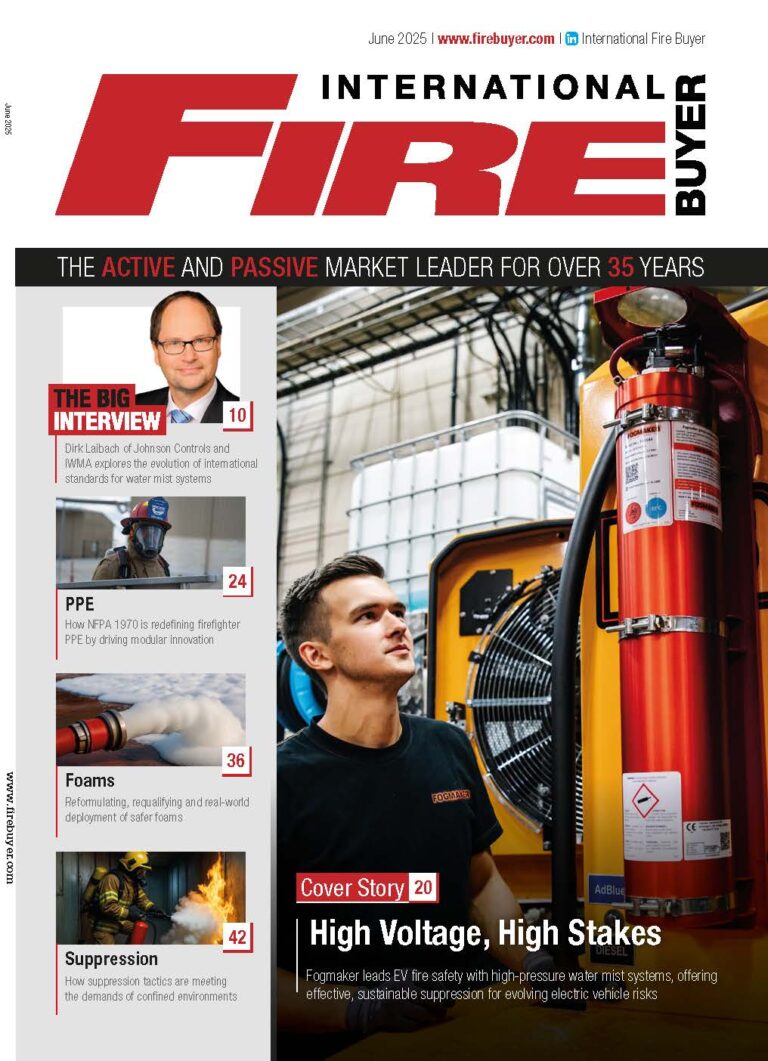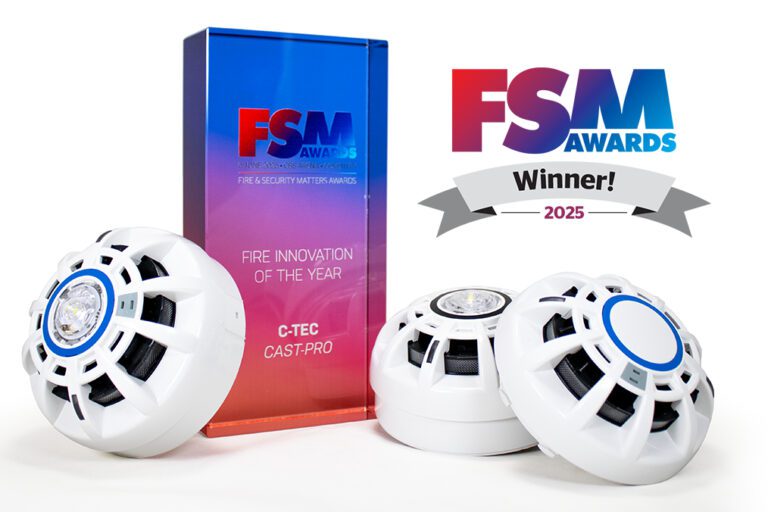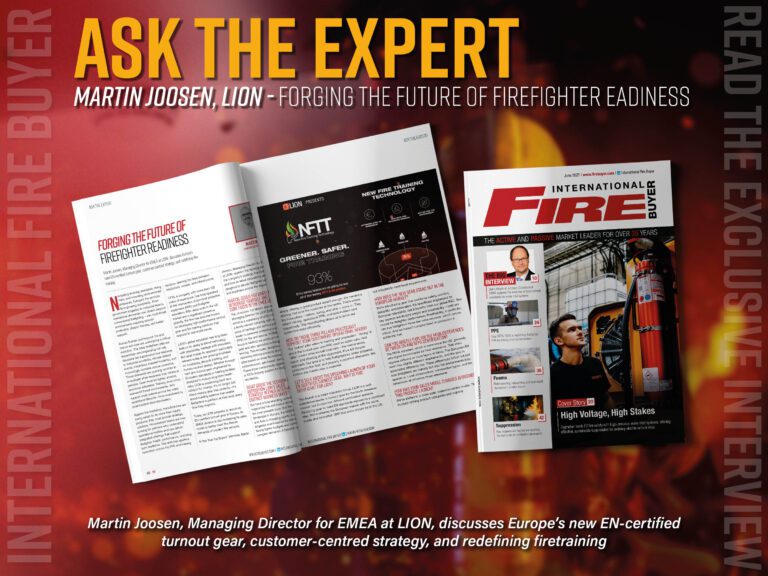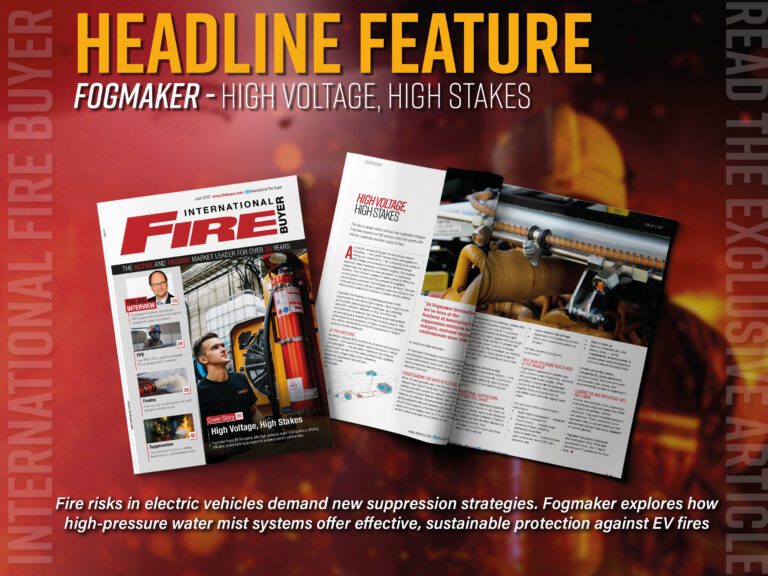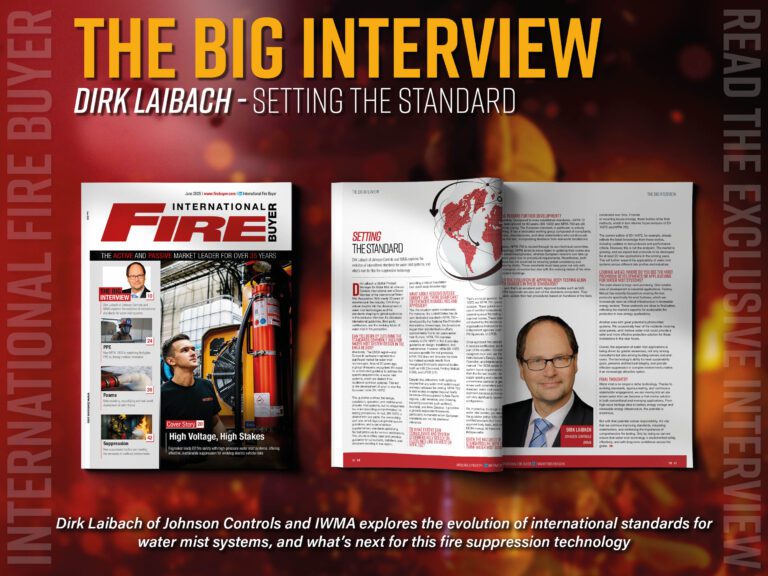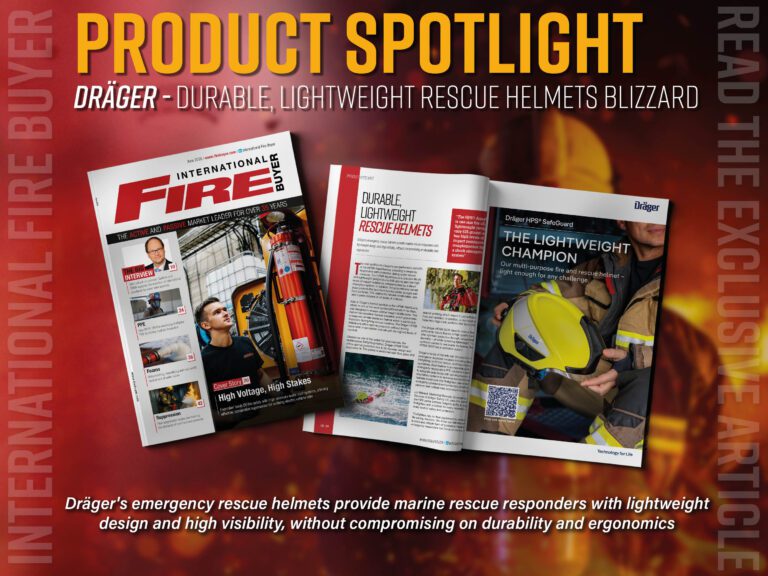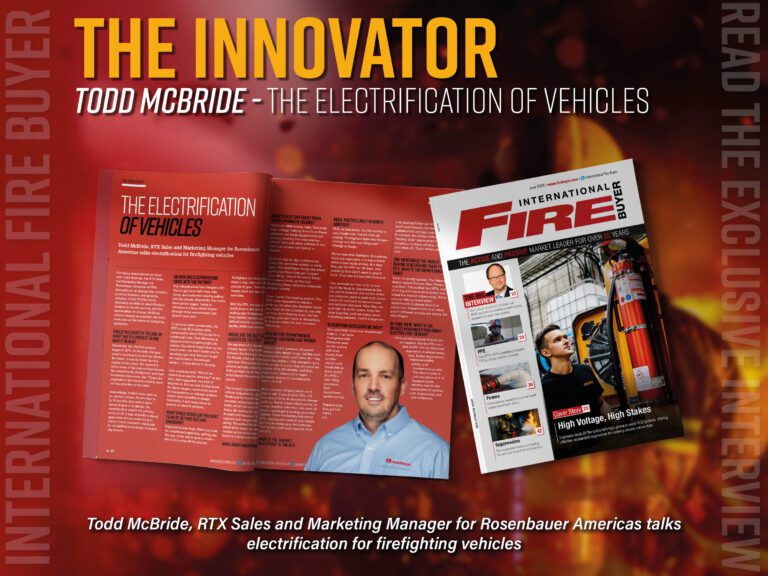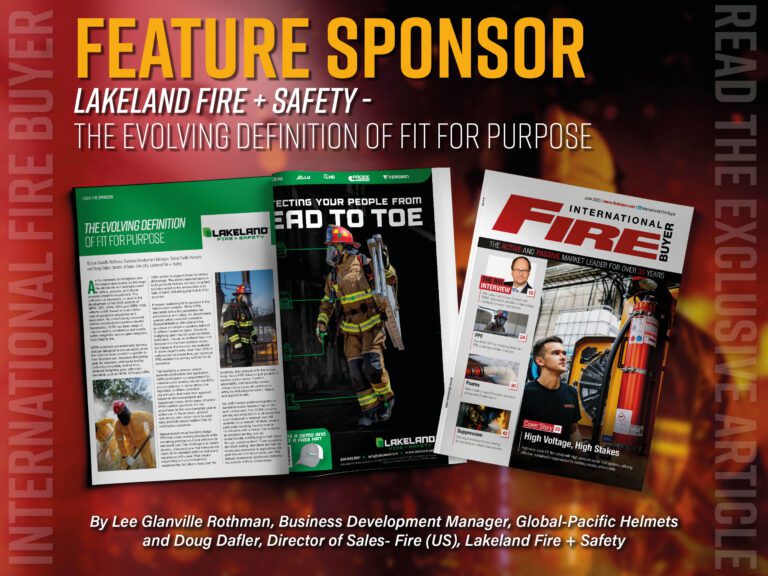Richard Wharram, Export Sales Manager at Hochiki Europe, explains how fire safety professionals can navigate Europe’s complex approval landscape.
Navigating the intricate web of fire safety approvals across Europe presents a significant challenge for manufacturers, installers, and end-users alike. While the Construction Products Regulation (CPR) aims for harmonisation, individual nations often retain their own specific standards and certification requirements.
To demystify this complex landscape and offer practical guidance for those working on projects across the continent, Fire Buyer spoke with Richard Wharram, Export Sales Manager for Hochiki Europe, a leading provider of life safety solutions.
In this ‘Ask the Expert’ interview, Richard sheds light on the key complexities and details how Hochiki, with its extensive range of certified products and educational resources, helps customers achieve compliance and enhance fire safety across multiple European industries.
The landscape of fire safety approvals can seem quite complex. Could you shed some light on the key challenges and complexities involved in obtaining fire safety approvals across different European countries?
Thank you for having me. You’re absolutely right; navigating the European fire safety approval landscape can be a significant hurdle for manufacturers and installers alike. The primary complexity stems from the fact that while the Construction Products Regulation (CPR) aims to harmonise standards, individual European Union (EU) member states, and even some non-EU countries within Europe, often retain their own specific national standards, testing requirements, and certification bodies.
For example, a product might achieve EN 54 certification, which is a crucial European standard for fire detection and fire alarm systems. However, this doesn’t automatically guarantee acceptance in every country. Some nations have additional requirements or specific interpretations of the EN 54 standards. We see variations in areas like:
Language Requirements: Documentation, including installation manuals and product specifications, often needs to be provided in the local language of the country where the product is being installed. This adds a layer of complexity and cost for manufacturers.
Specific Product Performance Requirements: While EN 54 sets a baseline, some countries might have more stringent performance criteria for certain product types or applications. For instance, the requirements for smoke detectors in residential versus commercial buildings can differ, and these differences might be amplified at a national level.
Certification Body Acceptance: Not all certification bodies accredited under EN 54 are universally accepted across all European countries. Some countries may prefer or even mandate certification from specific national bodies.
Installation and Maintenance Standards: Beyond product approval, the standards and regulations governing the installation and maintenance of fire safety systems can also vary significantly between countries. This impacts system integrators and end-users.
Interpretation of Standards: Even when adhering to the same EN 54 standard, the interpretation and application of these standards by local authorities and approval bodies can sometimes differ, leading to unexpected challenges.
How does Hochiki approach this complex web of approvals to ensure your products can be installed and keep people safe across Europe?
At Hochiki, we recognise the importance of making our products accessible to our customers throughout Europe. Our approach involves a multi-faceted strategy:
Extensive Testing and Certification: We invest significantly in ensuring our products are tested and certified to the relevant EN 54 standards by multiple reputable European certification bodies. This proactive approach broadens the acceptance of our products across different countries. We are particularly proud of achieving BOSEC certification for our flagship ESP and Latitude ranges, demonstrating our commitment to meeting stringent Belgian and broader European standards.
National Standard Compliance: We actively monitor and adapt to specific national requirements beyond EN 54. This often involves additional testing or modifications to our products to meet the specific demands of certain markets. For example, we ensure compliance with specific German VdS requirements, BOSEC or DBI certifications where necessary.
Comprehensive Documentation: We provide comprehensive technical documentation, including datasheets, installation manuals, and certificates, in multiple European languages. This helps installers and end-users in different regions to understand and correctly implement our systems.
Strong Local Partnerships: We have established strong relationships with local distributors and partners across Europe. These partners possess in-depth knowledge of the specific regulations and approval processes in their respective countries and provide valuable support with vital local intelligence to. Us as manufacturers, to ensure that the way we are approaching approvals will work (i.e. be compliant) locally for them, their customers and of course the end users.
Continuous Monitoring and Adaptation: The regulatory landscape is constantly evolving. Our dedicated regulatory affairs team continuously monitors changes in European and national standards, ensuring our products and certifications remain up to date.
Investing in Education: We also firmly believe that a well-informed industry is a safer industry. The Hochiki Training Academy has the sole aim to educate and empower professionals working in the fire industry to continuously develop their knowledge and skills, ultimately contributing to improved fire safety across Europe.
Focusing specifically on the number of approvals Hochiki covers, can you give our readers an idea of the breadth of your certifications across Europe for your various product ranges?
While it’s challenging to provide an exact real-time figure due to the dynamic nature of certifications and the sheer number of products in our portfolio, I can confidently say that Hochiki holds a vast number of approvals across Europe.
For our fire detection product range, which includes detectors, call points, control panels, and interfaces, we aim for near-universal coverage of key European markets. This includes holding certifications from major national bodies in countries like the UK (LPCB, BSI), Germany (VdS), Italy (IMQ), Spain (AENOR), Denmark (DBI) and now, importantly, BOSEC for our ESP and Latitude ranges in Belgium, in addition to the core EN 54 certifications. We actively pursue these national approvals to ensure our customers can readily use our products in their local projects without facing significant approval barriers.
In the realm of emergency lighting, our products are designed and certified to meet the relevant European standards, primarily EN 1838 and EN 50172. We also hold specific national certifications where required, ensuring compliance with local regulations regarding emergency escape lighting.
For extinguishing systems, where applicable to our product range (such as interface units and control equipment), we ensure compliance with relevant European standards and any specific national requirements related to these systems.
It’s important to note that the specific certifications held can vary depending on the individual product model within each range. However, our overall strategy is to achieve the broadest possible coverage across key European markets to minimise complexity for our customers working on projects across the continent. Customers can always refer to the specific product datasheets and our website for the most up-to-date list of certifications for each product. Furthermore, the knowledge gained through the Hochiki Training Academy can assist professionals in understanding and navigating these complex approval requirements.
For customers working on projects spanning multiple European countries, what key advice would you offer to help them navigate this complex landscape and ensure compliance?
My key advice would be: start early with Research and don’t wait until the last minute to understand the specific fire safety regulations and approval requirements of each country involved in your project. Thorough upfront research can save significant time and cost later.
Engage local experts by partnering with local fire safety consultants, system integrators, or distributors who have in-depth knowledge of the specific regulations and approval processes in each country. Their expertise can be invaluable.
Prioritise certified products by selecting products from manufacturers like Hochiki that hold the relevant European (EN 54) and national certifications for the countries where the products will be installed. Always verify the validity and scope of the certifications, and look for recognised marks like BOSEC.
Pay attention to language requirements by ensuring that all necessary documentation, including product manuals and safety instructions, are available in the local language(s).
Consider future maintenance and servicing by understanding the local regulations regarding the maintenance and servicing of fire safety systems, as these can also vary between countries.
Leverage educational resources by taking advantage of resources like the Hochiki Training Academy to enhance your understanding of European fire safety standards and best practices. A well-educated team is better equipped to navigate the complexities of approvals.
FInally, stay updated, as the regulatory landscape is dynamic. Subscribe to industry publications such as Fire Buyer International and maintain contact with local experts to stay informed about any changes in standards or approval requirements.
Richard, thank you for providing such valuable insights into the complexities of European fire safety approvals, your guidance will undoubtedly be beneficial to our readers working across Europe.
It was my pleasure. At Hochiki we are committed to supporting our customers in achieving the highest levels of fire safety across all European markets, not only through our certified products but also through empowering the industry with knowledge.
To learn more about Hochiki and its range of life safety products and systems, please visit the Hochiki website.
To read more news and articles see our latest issue here.
Never miss a story… Follow us on:
LinkedIn: International Fire Buyer
Twitter (X): @Firebuyer
YouTube: @FireBuyerTV
Media Contact
Rebecca Spayne, Managing Editor, International Fire Buyer
Tel: +44 (0) 1622 823 920

